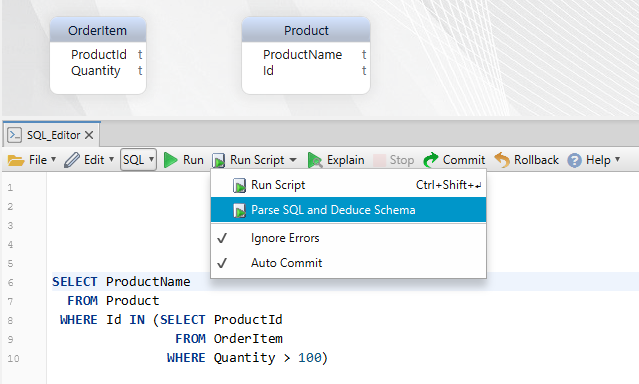
Helps to differentiate CelestaSQL scripts by their contents.ĬelestaSQL scripts with identical version tags might intentionally (during development) or unintentionally (due to developer’s carelessness) have different contents.ĭatabase created automatically using CelestaSQL script not only has a version tag, but also contains a grain creation script checksum to give an opportunity to track the moment it was connected by an application with an altered database definition script. Grain checksumĪn automatically calculated script checksum. It prevents unintentional automatic database downgrade at the launch of an older version of CelestaSQL with a newer version database.Īutomatic database migration never takes place if the database version tag is higher than the grain script version tag or the versions do not align. Creating CelestaSQL Scripts Based on the Structure of an Existing DatabaseĪ version identifier in the form of a list of components separated with commas, explicitly provided by the developer in the CREATE GRAIN … VERSION … command. Synchronyzing Celesta Score and DBSchema Project Notes on Using Supported RDBMS in Celesta Use Iteration instead of Navigation in Cycles Ensure Efficient Caching when Working in Iterations

Use Sorting at the Database Level to Find Min./Max. Do not Use count() Only to Determine if the Data Range is not Empty Do not Read before Deleting if not Necessary Methods not Addressing the Database are Fast Limit the Set of the Columns Fetched by Cursor Close the Cursors Created in the Iteration Explicitly Metadata and Dynamic Metadata Modification

Permissions Management and Change Logging Access Classes and Their Standard Methods Working with Data Using Data Access Classes (Cursors) Creating and Testing Data Access and Modification Code

Total or Partial Disabling of Automatic Migration


 0 kommentar(er)
0 kommentar(er)
